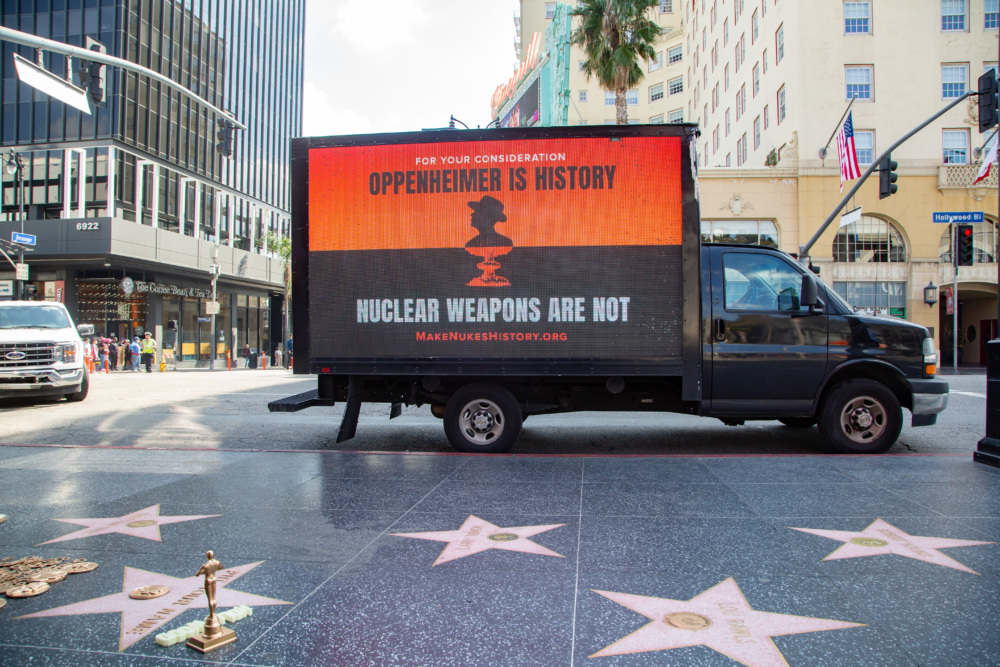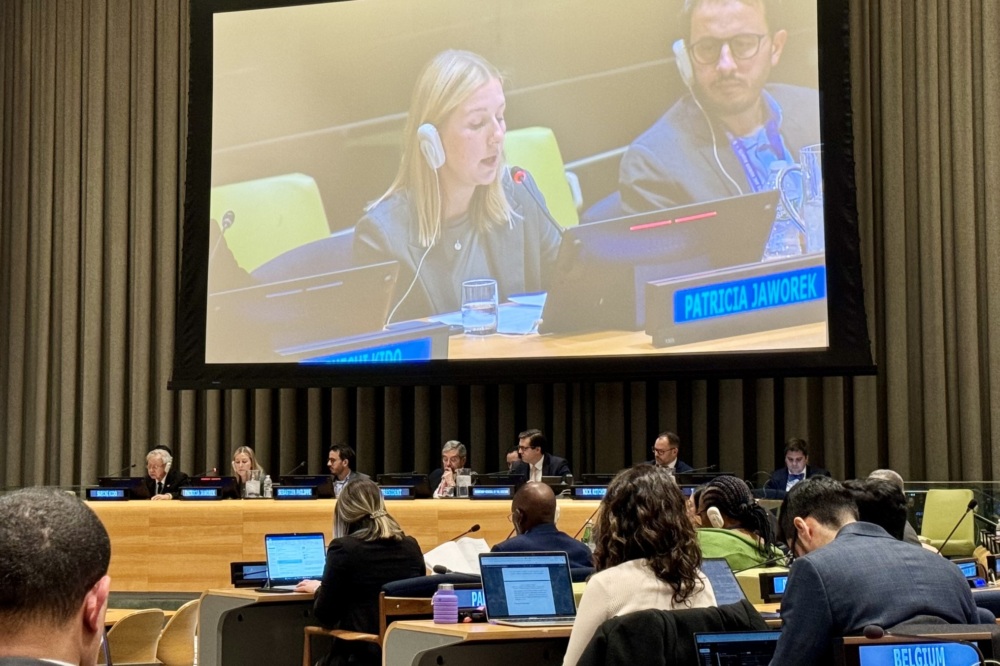
Hollywood Voices Sound Alarm on Nuclear Threat as Oppenheimer Sweeps the Academy Awards
NTI's #MakeNukesHistory campaign breaks through Oscars coverage to remind people that while Oppenheimer is history, nuclear weapons are not.
The U.S. withdrawal from the
Intermediate-Range Nuclear Forces (INF) Treaty takes effect today, bringing to
an end a 30-year ban on a class of weapons that both the United States and the
Soviet Union recognized at the time were particularly dangerous and
destabilizing. These banned, land-based
shorter- and intermediate-range nuclear-capable missiles posed a hair-trigger
threat to NATO and to Russia by reducing decision and warning time for leaders,
due to their short time of flight to their intended targets.
The
end of the INF Treaty today means a key guardrail erected to move us away from the
era of Cold War nuclear rivalry has come down, and the risks of nuclear blunder
are rising. As a result, the United States, our allies and Russia will be less
secure, and the world less safe. The costs of an accelerating nuclear arms race
are unacceptably high. As the two countries with the vast majority of the
world’s nuclear weapons, the United States and Russia have a responsibility to
reduce nuclear risks.
There
is a more positive path forward. Presidents Trump and Putin should direct their
governments to intensify dialogue on strategic stability focused on reducing nuclear
dangers and premised on the fundamental truth that a nuclear war cannot be won
and should never be fought. To prevent a nuclear arms race and reduce the
possibility of blundering or escalating into a nuclear conflict, the presidents
should:
The
end of the INF Treaty is symptomatic of the accelerating breakdown in dialogue and
agreements between the United States and Russia on issues of existential
importance. Both governments must take concrete steps to reverse this dangerous
decline and decisively confront the problems that threaten our mutual security.
Congress and our allies must support this strategic reengagement with Russia as
a necessary step to avoid crises and reduce nuclear risks that are no longer
“unthinkable.”
###
Sign up for our newsletter to get the latest on nuclear and biological threats.
NTI's #MakeNukesHistory campaign breaks through Oscars coverage to remind people that while Oppenheimer is history, nuclear weapons are not.
NTI Program Officer Patricia Jaworek joined a panel discussion on the devastating humanitarian effects of nuclear weapons and shared her research on the subject.
NTI announces its third annual campaign to mark the anniversaries of the atomic bombings of Hiroshima and Nagasaki and create a shared moment where people come together to show their support for a world without nuclear weapons.


